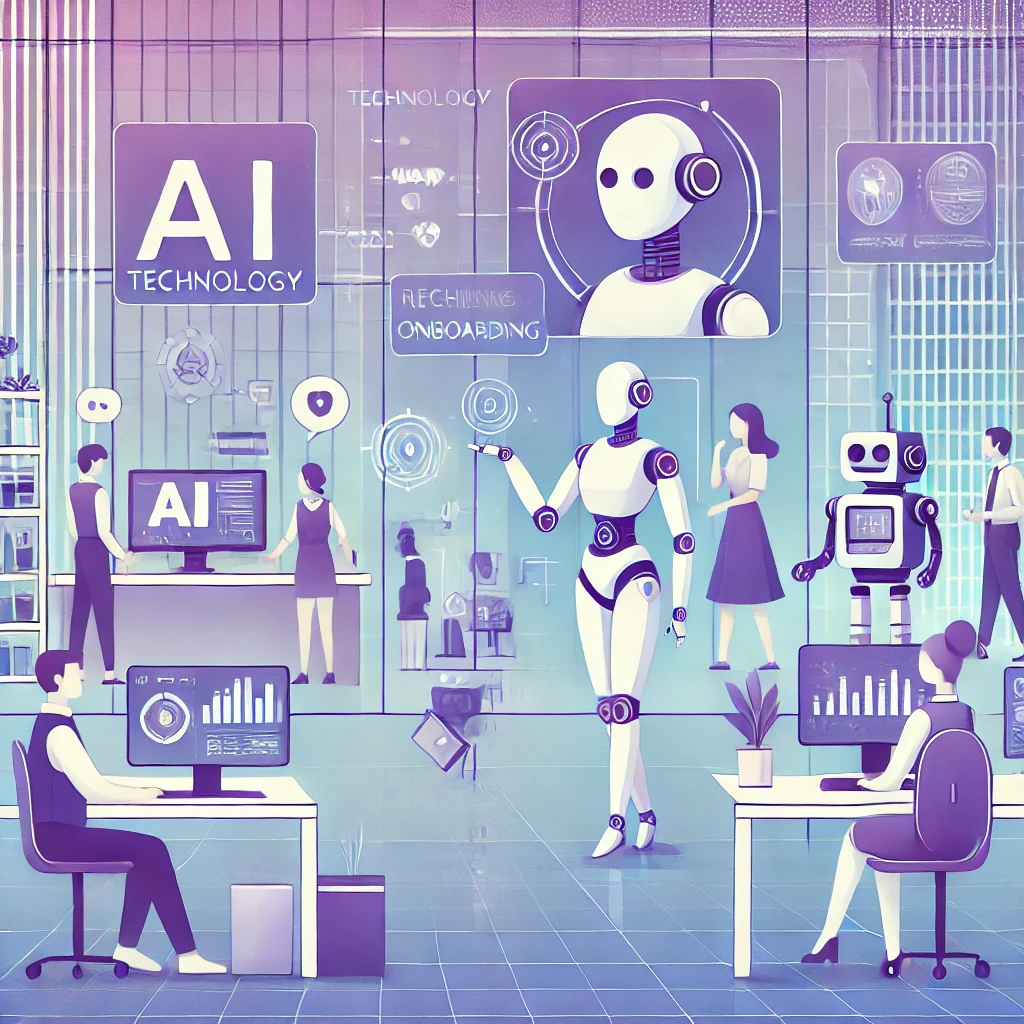The Ultimate Guide to Upskilling and Reskilling for the 2024 Workforce
In the ever-evolving landscape of the modern workplace, staying ahead of the curve has become more crucial than ever before. As we step into 2024, the concept of upskilling and reskilling is no longer a mere trend but a necessity for organizations aiming to empower their workforce and secure a competitive edge. In this comprehensive blog post, we’ll delve into the dynamic realm of upskilling and reskilling, exploring why they are paramount in the current employment landscape, how they impact both employees and employers, and the strategic approaches to implementing effective upskilling and reskilling initiatives.
The Shifting Paradigm of Skills
The world of work is experiencing a profound transformation. Advancements in technology, the impact of global events, and the demands of an increasingly digitalized economy have reshaped the skills required in the workforce. What was considered cutting-edge just a few years ago may now be outdated. As a result, the traditional approach of hiring for specific skill sets is evolving into a more agile model where adaptability and continuous learning take center stage.
Upskilling vs. Reskilling: Understanding the Distinction
Before delving deeper into the intricacies of upskilling and reskilling, let’s clarify the difference between the two terms. Upskilling involves enhancing an employee’s existing skill set, allowing them to stay relevant in their current role or advance within their current career path. On the other hand, reskilling entails equipping employees with entirely new skills, often to transition into a different role or industry. Both approaches are indispensable in today’s dynamic job market.

The Role of Upskilling and Reskilling in the 2024 Workforce
In 2024, upskilling and reskilling are not merely buzzwords; they are strategic imperatives. Here’s why they are at the forefront of organizational agendas:
Addressing Skill Gaps: As technology continues to advance, skill gaps emerge. Upskilling and reskilling enable organizations to bridge these gaps, ensuring their workforce is equipped with the competencies required for the jobs of today and tomorrow.
Enhancing Employee Engagement: Offering opportunities for personal and professional growth through upskilling and reskilling programs boosts employee engagement. When employees feel their development is a priority, they are more committed and motivated.
Talent Retention: In a competitive job market, employees are more likely to stay with employers who invest in their growth. Upskilling and reskilling programs demonstrate a commitment to employees’ long-term career development, reducing turnover rates. LinkedIn 2023 Workforce learning report reveals that the main way organizations are working to improve retention is by “providing learning opportunities.”
Staying Competitive: Organizations that embrace upskilling and reskilling stay ahead in the race for talent. They can attract and retain top talent by offering a clear path for career progression. In the Future of Jobs Report 2023, it was revealed that in 95% of featured countries, the foremost obstacle to transformation for companies is identified as skill gaps or the challenge of attracting suitable talent.
The Benefits for Employers
LinkedIn 2023 Workforce learning report states that skills sets for jobs have changed by around 25% since 2015. By 2027, this number is expected to double. Then stating the main benefit would be employees who are modern and sufficiently qualified and educated with the most current information.
The advantages of upskilling and reskilling extend beyond employees and have a profound impact on employers:
Increased Agility: An upskilled and reskilled workforce is more adaptable, enabling organizations to pivot quickly in response to market changes or unexpected challenges.
Innovation and Creativity: Employees with diverse skill sets foster innovation within the organization. Reskilling programs can help bring fresh perspectives and ideas to the table.
Cost Savings: Investing in upskilling and reskilling can be more cost-effective than external hiring. It minimizes recruitment costs and reduces the need for constant turnover due to skills mismatches.
Future-Proofing: By upskilling and reskilling their employees, organizations can future-proof their workforce against technological disruptions, ensuring they are prepared for the jobs of tomorrow.
Strategies for Successful Upskilling and Reskilling Programs
To harness the full potential of upskilling and reskilling in 2024, organizations must implement effective strategies. These include:
Assessing Skill Gaps: Conduct a thorough assessment to identify existing skill gaps within the organization. This forms the basis for targeted upskilling and reskilling efforts.
Customized Learning Paths: Tailor upskilling and reskilling programs to individual employee needs. Not every employee requires the same skills, so personalization is key.
Technology Integration: Leverage digital learning platforms and tools to make upskilling and reskilling accessible and convenient for employees, regardless of their location or schedule.
Mentorship and Coaching: Combine formal training with mentorship and coaching programs to provide employees with real-world guidance and support.
Continuous Evaluation: Regularly assess the effectiveness of upskilling and reskilling programs and make adjustments as needed to ensure they remain aligned with organizational goals.
Promoting a Learning Culture: Foster a culture of continuous learning within the organization where employees are encouraged to seek growth opportunities and embrace new skills. According to research conducted by LinkedIn, a mere 27% of individuals believe that their leadership team actively fosters and promotes ongoing learning throughout the organization. Encourage them!
Looking Ahead: The Future of Workforce Empowerment
As we venture further into 2024 and beyond, upskilling and reskilling will continue to be vital components of workforce empowerment. The pace of change shows no signs of slowing down, making adaptability and lifelong learning essential skills. Organizations that prioritize and invest in their employees’ development will not only thrive but also lead the way in shaping the workforce of the future.
The ability to adapt, learn, and grow is at the core of workforce empowerment. By investing in upskilling and reskilling initiatives, organizations demonstrate their commitment to employee development, talent retention, and future competitiveness. The path to success in the 2024 employment landscape is clear: empower your workforce with the skills and knowledge they need to lead, innovate, and excel in the ever-evolving world of work.








